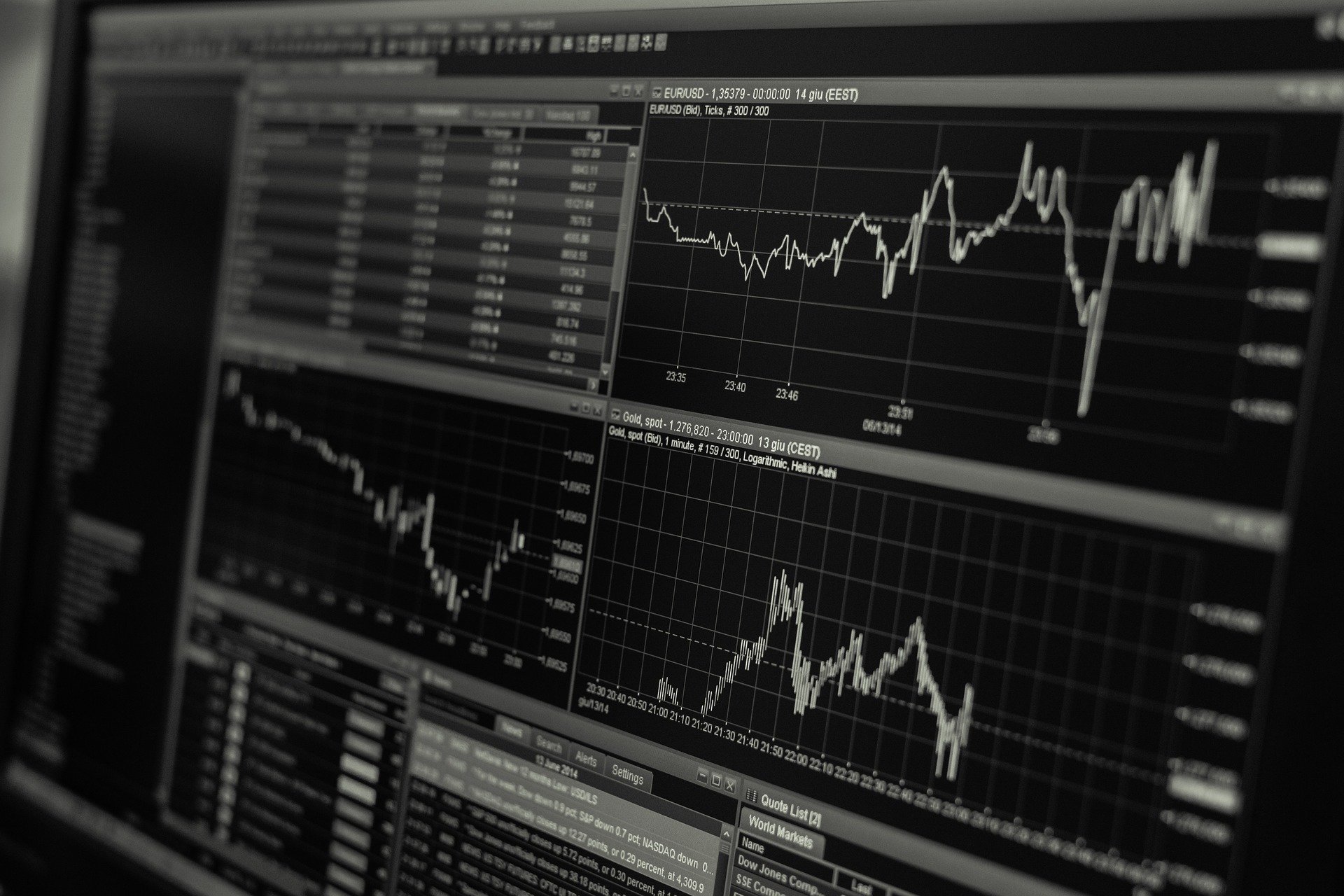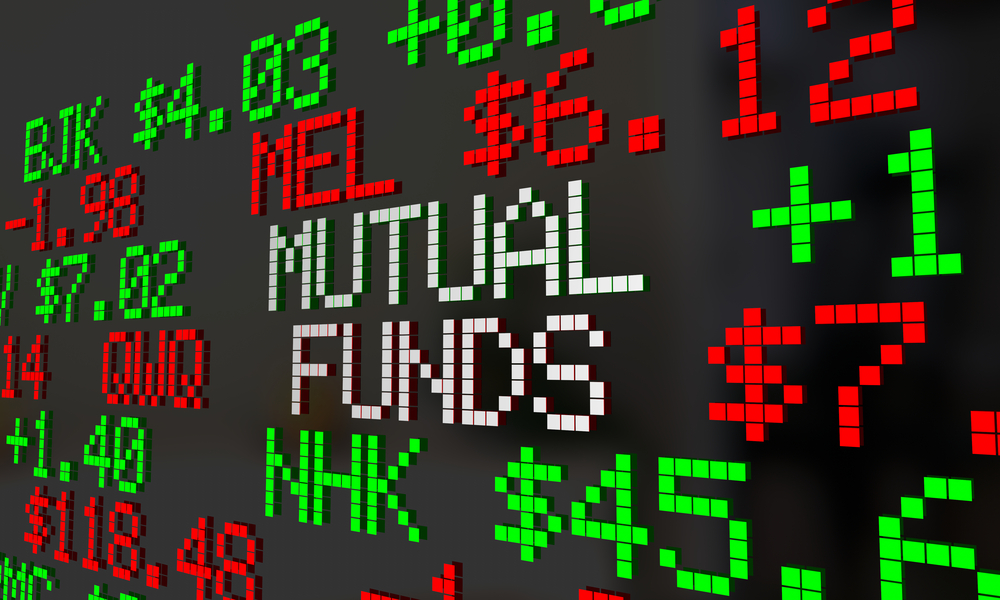Unequal rewards
An attempt to settle the one winning stock versus a basket of stocks debate

As an engineering student many years ago, I was fascinated by quantum mechanics which sounded a lot more fundoo than applied mechanics or thermodynamics. It was then that I discovered Werner Heisenberg and his uncertainty principle, popularly known as HUP (Heisenberg’s Uncertainty Principle) which goes on to demonstrate how certain pairs of variables cannot be measured together. This was a landmark finding in 1927, which paved the way for a Nobel Prize in Physics to Heisenberg in 1932.
An important phrase from HUP that I wish to draw upon is ‘unavoidable inaccuracy’, which is so often reflected in the stock markets. So, there is no certainty that a company that is doing well on the bourses will continue to do so forever. Or a top rated and ranked mutual fund will hold the position forever. Likewise, there is guarantee that an underperforming fund will do so forever. I think the mutual fund disclaimer is drawn from HUP – Mutual Fund investments are subject to market risks, read all scheme related documents carefully.
Disclaimer misinterpretation
Dues to the uncertainty of returns on investments, many naïve investors think mutual fund or stock market investing to be a gamble or playing the horses, where one can invest Rs 1,000 and earn Rs 10,000 in a day. The belief that high risk is akin to higher returns furthers this thought, without realizing that there is no certainty in the statement. There is another way to look at this return chasing approach – people see the probability of gains from investing to be infinite. For instance, Rs 100 invested can go up to Rs 1 lakh or even more, compounding the returns to 1000 per cent or more depending on where you set the gains.
At the same time, when Rs 100 investment goes down to zero, the loss is 100 per cent and no more. Which means a loss can be statistically measured and cannot exceed 100 per cent in reality. Yet, rational investors will seek high gains, and rue at the smallest of losses. A high-risk investment (in stock or mutual funds) by its very definition carries within it the risk that can turn dreamy expectations into biting realities, inflicting the harsh side of HUP. What it means is that when investors invest with the expectation of getting superior returns, they forget there is an equal, if not higher, chance that their investment may not merely fall a wee bit, but go significantly down the drain.
Being realistic
You could counter this uncertainty in two ways: be realistic with your expectations and diversify the investments. The first one is tough, because it is more a mind game. I come across people who have never put their money anywhere other than bank deposits that earn 6-8 per cent expect returns from stock markets to be 20 per cent and that too guaranteed. The only way one can maintain expectations is by being realistic with the risk they can take and what an appropriate investment can earn reasonably. So, a long-term average of 16 per cent from stock markets is understandable, but not a 100 per cent returns from the same markets overnight.
As for diversifying, mutual funds are a natural when it comes to diversification. These instruments automatically invest in a basket of instruments across sectors, stocks and value. By investing in a well diversified mutual fund, you will be able to get the necessary cushion to counter risks and also experience a gain in the value of your investments. Follow these two mantras and over time you will be surprised at the amount of wealth you would have accumulated, which will be significantly more, but not absolutely certain on how much.









